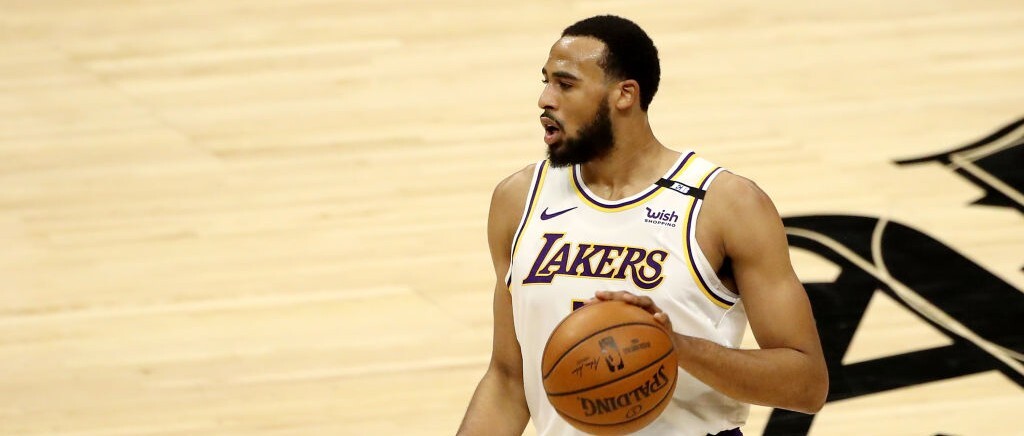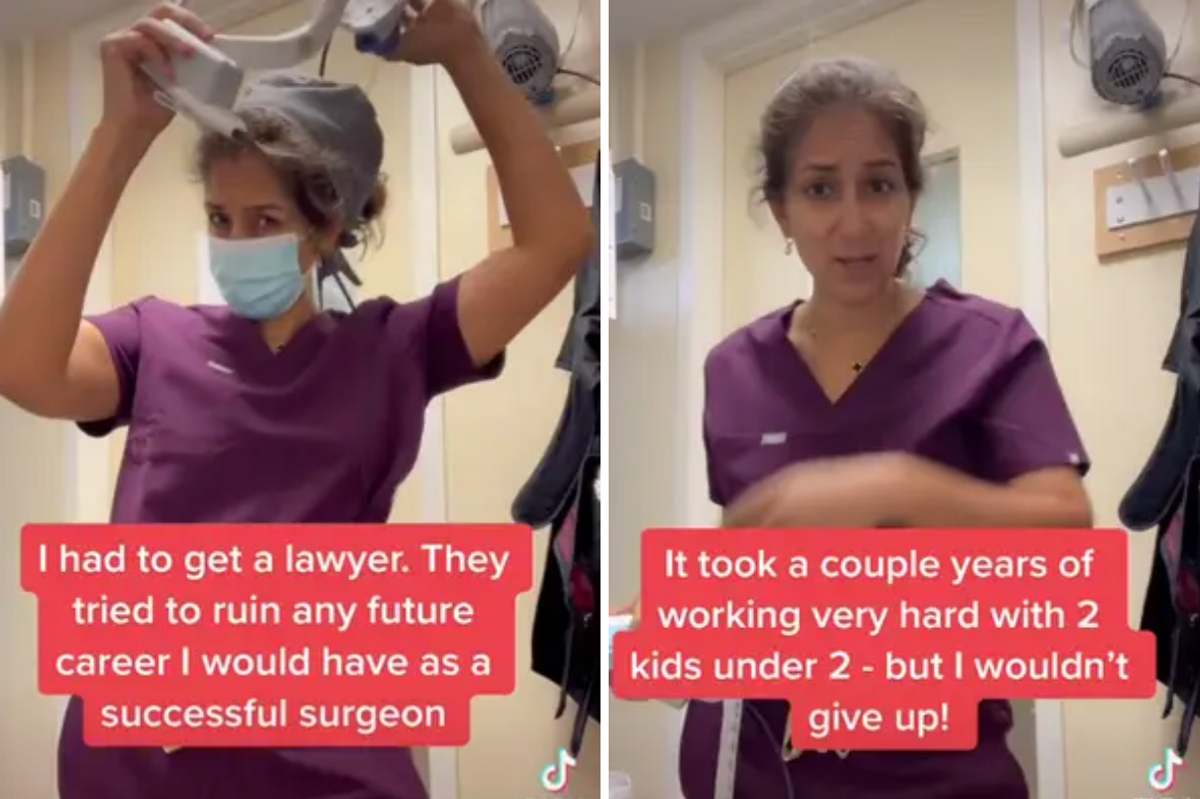
“Do you plan on having children?” This is absolutely, without a doubt, a very inappropriate question to be asked during a job interview. One that in no way explores a person’s work relevant skills, applicable experience or career goals. And it’s definitely not a common conversation starter for male applicants. It is however a question that many women, particularly those in male-dominated fields, have to put up with, even now.
Meet orthopedic surgeon, mother and viral TikTok sensation Dr. Pamela Mehta. Mehta receives glowing reviews for her work, and is mother to three children. Yes, she is both—is it that hard to fathom? Apparently, for her former employers, it was.
Dr. Mehta recently posted a TikTok video—now racking up over 16 million views—sharing her own story of gender discrimination.
After spending nine months studying, training and preparing to become an orthopedic surgeon, Dr. Mehta was finally able to pursue her dream job … only to be asked a question she “knew was illegal.” (And if you didn’t know it was, now you do.)
This is certainly not a unique scenario. Roughly 75% of women have reported that they were asked about family life, marital status and children in interviews.
@dr.pamelamehta My story in 48 seconds @wearfigs
Mehta knew being honest would have its unwarranted repercussions. She shared with BuzzFeed that, “I was frustrated because I knew I would be penalized for saying yes, yet I still wanted the job because it was a coveted position. I also knew the question was illegal, but that is just how it goes—a lot of questions are asked of women in the workplace that are not legal, and we just have to deal with it.”
For Dr. Mehta, the grin-and-bare-it approach seemed to be the only strategy. To prove her worth, she “got there early, stayed late, never passed any work to anyone else,” and even returned back to work only six weeks after the birth of her first child. That’s only half the standard recommended time. And that’s all unpaid in the United States, which is a completely different societal failing.
Despite her efforts, Mehta’s workplace continued to prove unwelcoming and unsupportive. And after her second pregnancy, the company became toxic to the point of needing legal intervention. “They aggressively started ‘pushing me out.’ I had to get a lawyer,” she says in her TikTok video. “They tried to ruin any future career I would have as a successful surgeon.”
Comments from other working moms began pouring in to show solidarity and speak out about their own similar experiences.
One person shared: “Lost my medical career Thursday because I was pushed out.”
Another replied: “Not sure how we as women are supposed to birth children but … not birth children. Someone has to do it. Why are jobs so cruel?”
Even a male commenter wrote: “I am a surgical tech and good friend with our only female ortho surgeon. They treat her like they’re doing her a favor by having her. It’s ridiculous.”
Mehta’s determination paid off, as she is now the owner of her own successful surgical practice, and has “three happy, healthy children.” Add to that, social media star. Mehta has around 163K followers on her Instagram and TikTok, collectively. As “TikTok’s 1st Female Orthopaedic Surgeon,” Dr. Mehta uses her platform to encourage other women that a healthy work-life balance is possible, and to advocate for better maternity leave policies. Her message is simple: “Ladies, don’t let anyone take your dreams and spirit away!”
Women should not have to feel powerless or alone while trying to attain both a family and a career. And as the Orthopaedic Surgeon Mama says in her BuzzFeed interview, “There will come a day when women are treated equally and respectfully in the workplace, and we will not stop until we have that equality.”
That fight for equality might not be over. But victories like Mehta’s are worth noting, because they move us all toward progress.

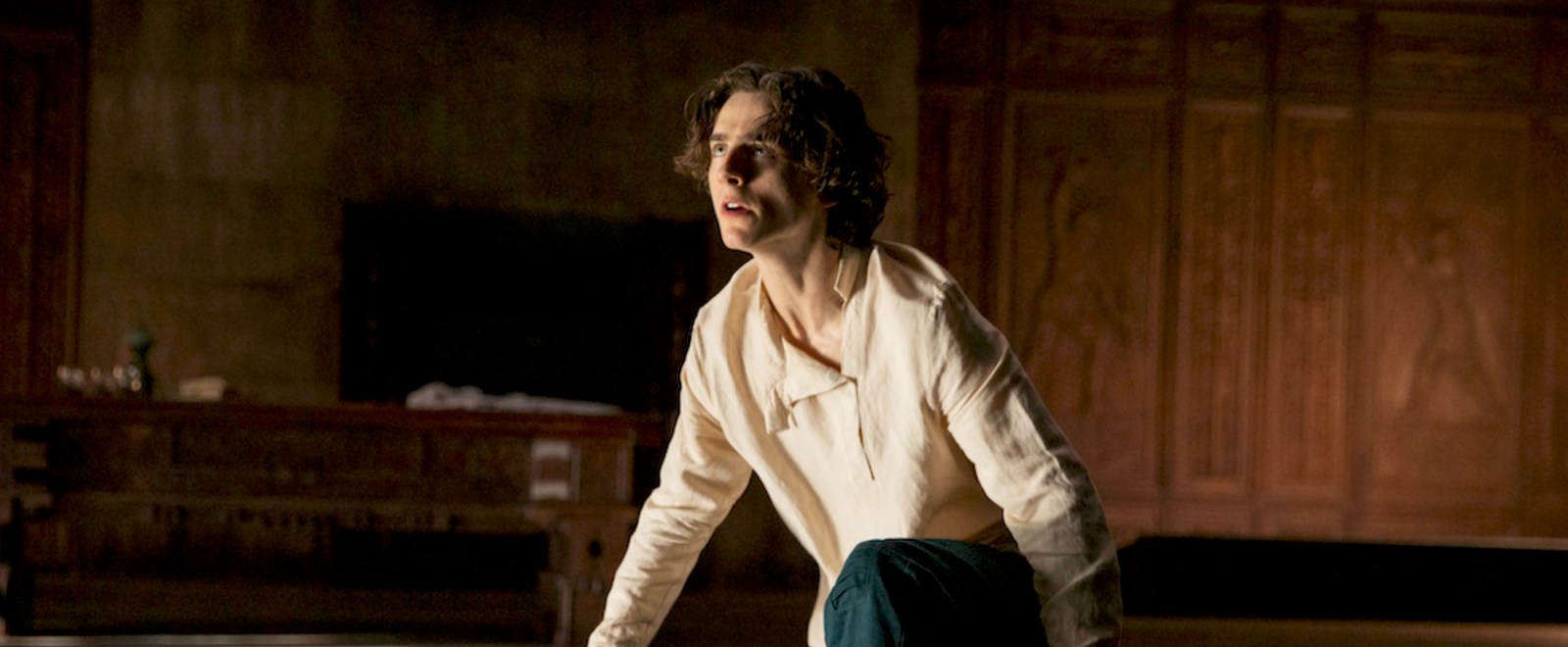
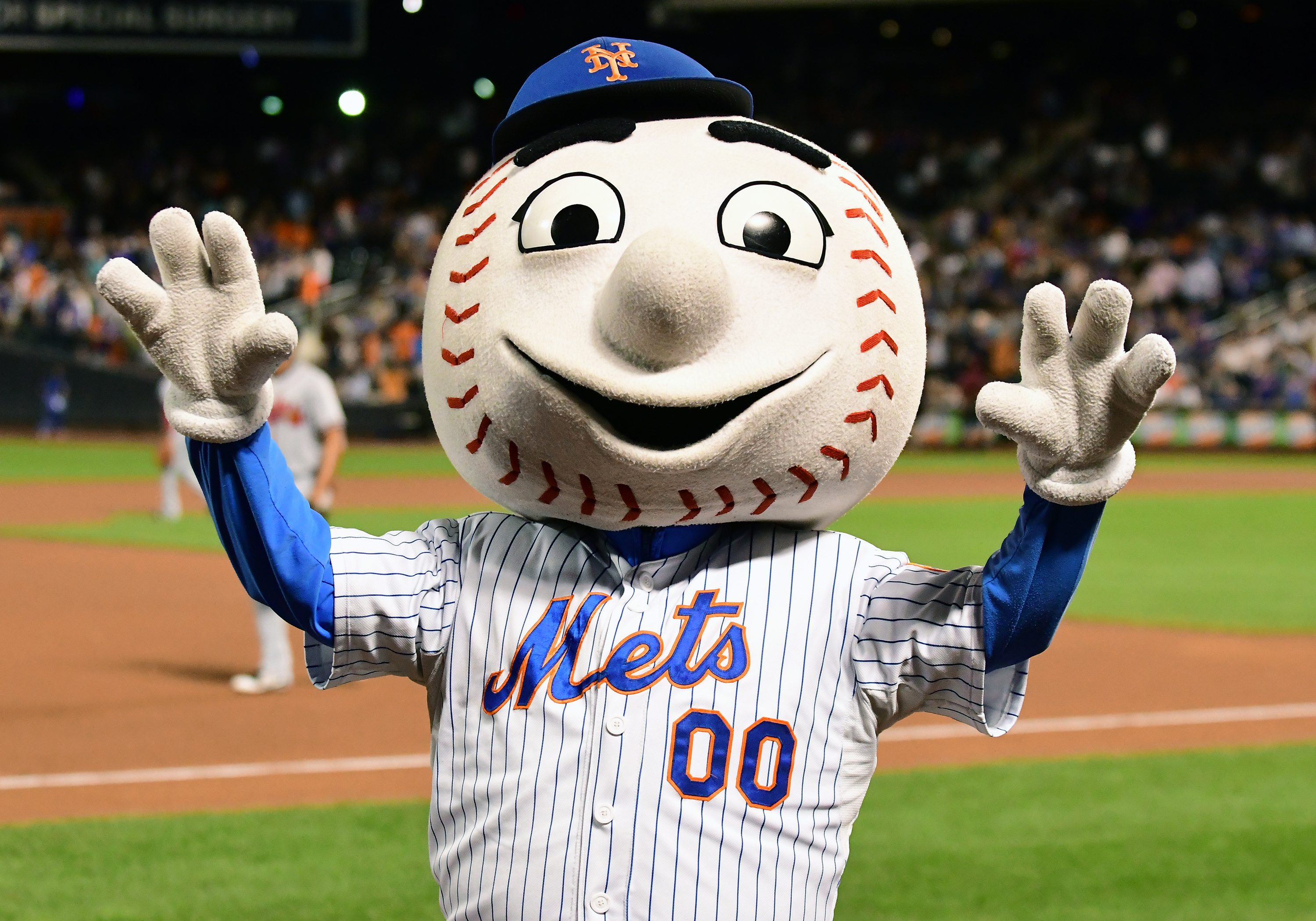
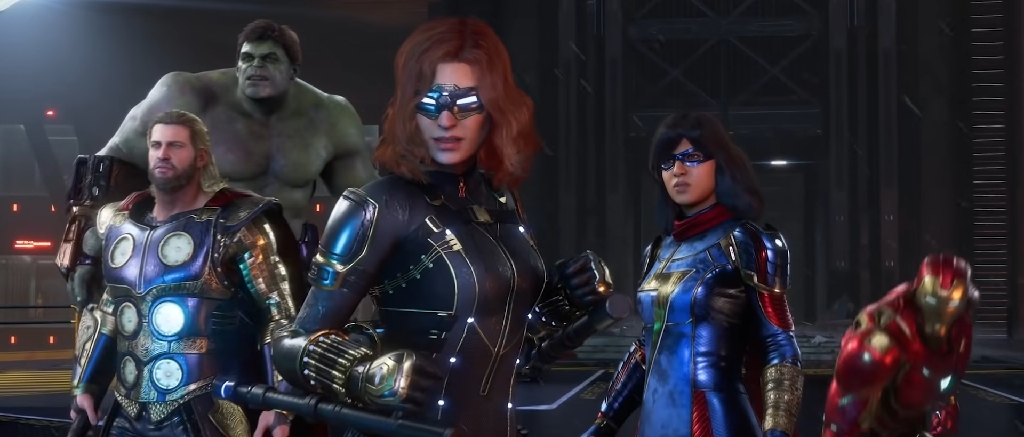
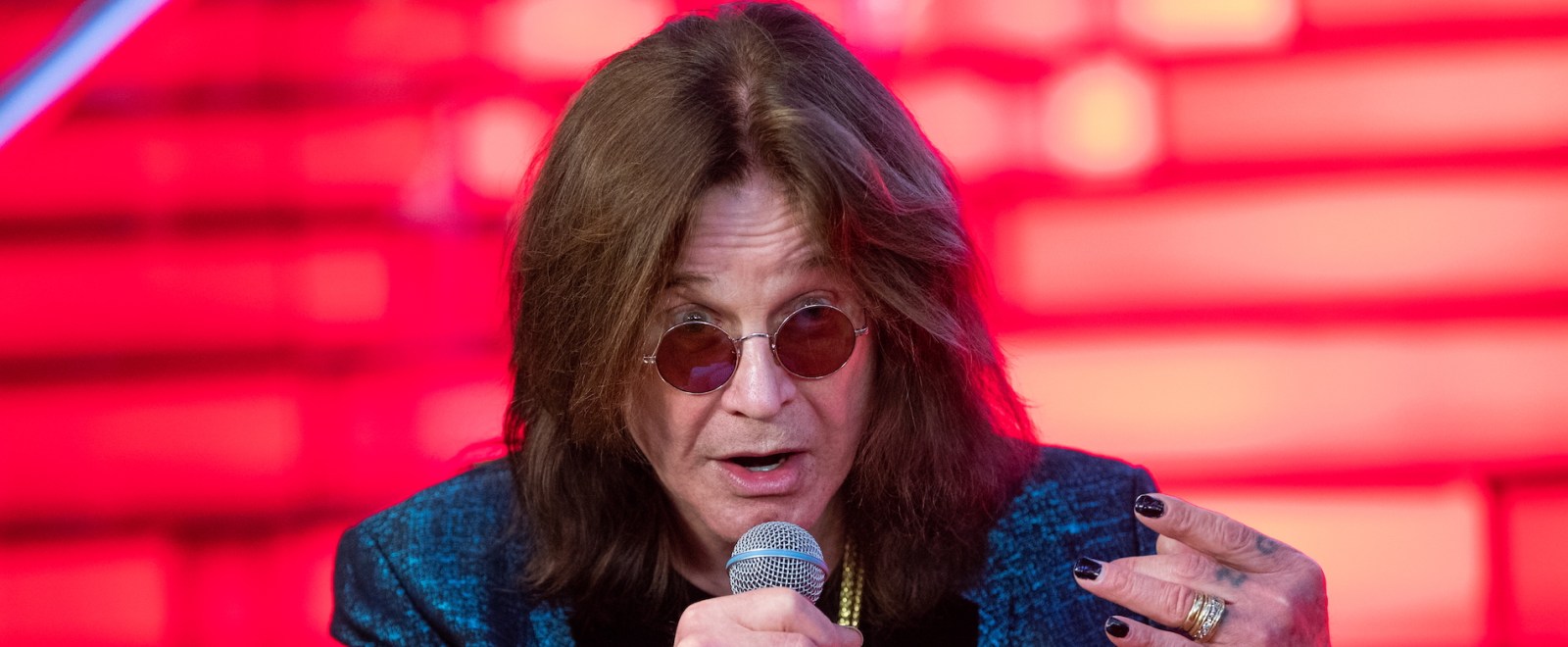
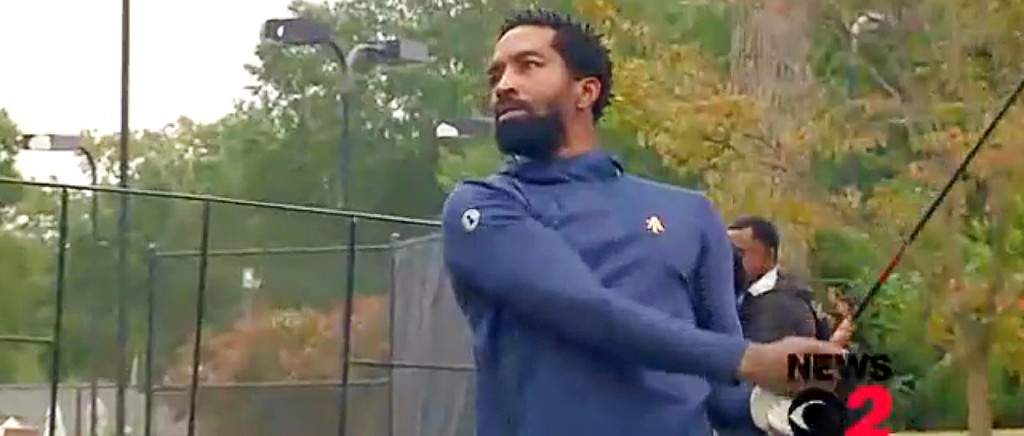
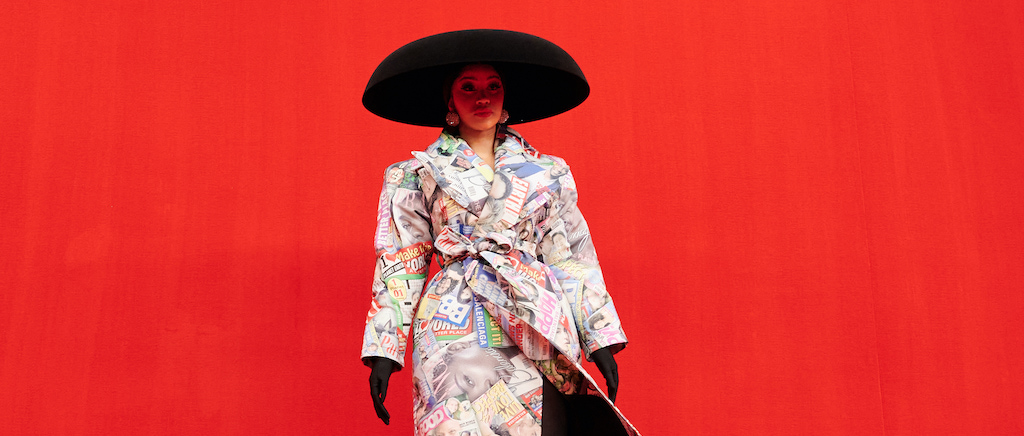




 (@BussMeDownnn)
(@BussMeDownnn) 